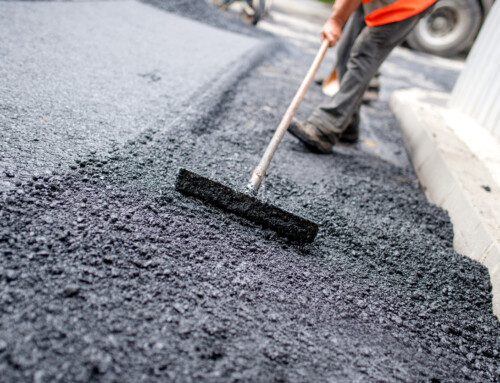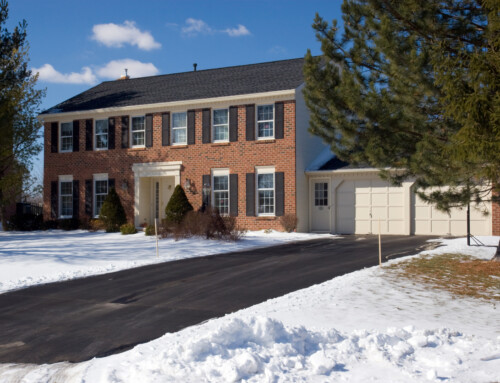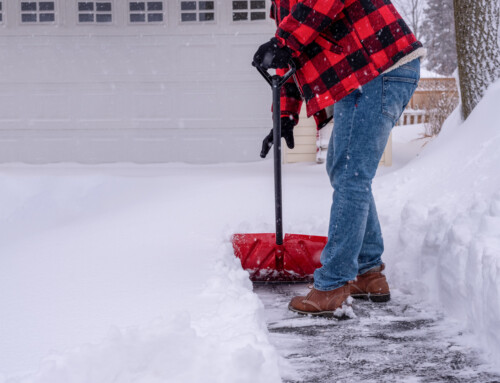
Cold, wet, winter weather can have drastic consequences on asphalt roads, driveways, parking lots, and more. Canada is known for its harsh winters, and without proper planning and maintenance, your asphalt is at risk for catastrophic failure. Fortunately, if you understand the ways in which winter weather affects asphalt and make a proactive plan, your asphalt can survive even the toughest Canadian winter. Here is what you should know.
Installation
Asphalt cannot be installed during the winter. For proper asphalt installation, hot asphalt arrives at the work site on a heated truck that maintains it in a well-mixed, liquid state. It is poured onto the prepared site, spread, and leveled off. The asphalt then hardens for 24 hours, and it takes about a week to fully cure.
Cold weather causes the asphalt to harden too quickly, without enough working time to pour, spread, and level it. The frozen ground can even cause the aggregates in the asphalt mix to loosen and pop out.
Cracking
The ground expands and contracts as it goes through natural winter cycles of freezing and thawing. During heavy snowfall and the resulting snow melt, these cycles can cause ongoing cracking to occur in the asphalt.
Water Intrusion
Water intrusion is a year-round concern, from heavy summer rains to winter snowfalls. As the asphalt cracks on the surface, water can penetrate its deeper levels. This can cause erosion from within, leading to worsening cracks, potholes, and eventual asphalt failure.
Patching
Fortunately, asphalt can be patched even in the dead of winter, but it is important to use the proper process. Cold patching does not depend on the ambient temperature, and it is a highly effective solution to get you through until spring. Plan to replace your cold patches with a more permanent hot mix solution when the weather warms up, though, as cold patching is only considered a temporary repair.
Seal Coating
Besides proper installation, seal coating is one of the top defenses against winter weather. Before the temperature plummets, ask you asphalt professional for a seal coat. This thin, protective layer repels not only moisture, but also oil, gasoline, and other chemicals that can weaken the asphalt. The seal coat should be inspected annually and replaced every two to three years.
Asphalt Repair
Asphalt cannot be repaired during winter weather, except for the above-mentioned cold patching. However, it can generally be repaired the next spring. Surface patching is the solution of choice for minor to moderate damage. A few inches of asphalt are removed from the damaged area, then the hole is thoroughly cleaned, and new hot-mix asphalt is poured.
Dig-out patching is the best choice for more severe damage. In this case, the entire section of failed asphalt is removed and replaced. Though dig-out patching can be pricey, it is far less expensive than completely replacing or resurfacing the asphalt.
For extensive damage, resurfacing or even replacement may be required. In resurfacing, the top layers of the asphalt are removed, needed repairs are made, and then new asphalt is poured. This can restore the look of the asphalt while increasing its strength and stability. Replacement is rarely required, but in extreme cases it might be the only choice.
Ready to Get Started?
Are you ready to start your next asphalt project with a team you can count on to do the job right, on time, and on budget? Contact Topwest Asphalt today at 1-800-ASPHALT to discuss your project and schedule an estimate.





